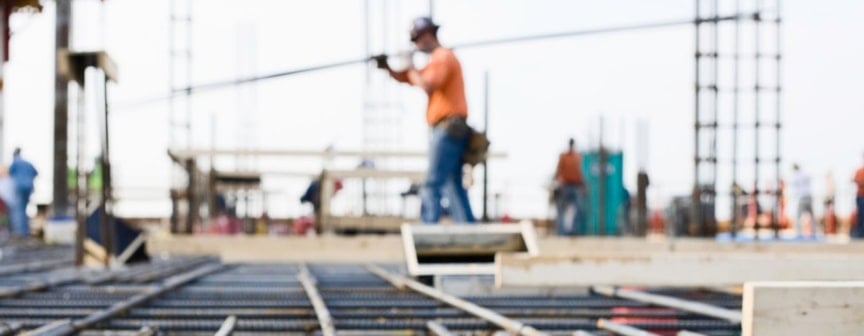Workplace safety is getting riskier—and how to protect your people
We’re seeing more injuries on job sites, in hospitals, and across Canada’s workplaces—and it’s time to talk honestly about what’s happening and how to fix it.
Every injury has a face behind it.
Behind every safety incident in a warehouse, mine, or hospital, there’s a person—a co-worker, a parent, a friend—who didn’t make it home the way they should have. As of early 2025, Canada is seeing a quiet rise in workplace injuries across sectors like construction, healthcare, logistics, and natural resource extraction.1
If you’re a safety manager, HR leader, or executive, you’ve likely felt the shift: more strain on frontline teams, more near-misses, and a growing concern that your safety culture might not be keeping pace with reality.
The Rising Risk: What the numbers don’t always show
According to early data from CCOHS and multiple provincial safety boards, workplace injuries in Canada are up 2–3% compared to this time last year. But the reasons go deeper than raw numbers:
-
Worker fatigue and staffing gaps are increasing injuries in hospitals and long-term care facilities
-
Extreme weather and compressed project timelines are creating risk conditions on construction sites
-
In sectors like mining and oil sands, longer shifts and aging equipment are becoming a dangerous combination
-
In many workplaces, safety has become something you talk about in meetings—but not something people live and lead by example
These trends are showing up from Vancouver to Halifax, especially in industries that rely on tight schedules and narrow margins.
Leading with People: Not just policies
The companies seeing fewer incidents and better morale in 2025 have something in common: they’re investing in people—not just PPE.
It starts with training that builds leadership, accountability, and problem-solving—not just compliance. At DNV, we offer three key safety training programs across Canada, designed to address today’s real-world safety challenges:
This course helps leaders:
- Build trust on the floor or in the field
- Model and reinforce safe behaviors
- Create a culture where reporting and feedback are welcomed—not avoided
Incident Investigation Training
Go beyond checklists:
- Learn how to uncover root causes—not just symptoms
- Develop corrective actions that make a difference
- Empower teams to speak up and contribute to solutions
ISO 45001 Foundation & Internal Auditor
This course helps organizations:
- Build and audit a safety management system that works
- Stay compliant with national and international expectations
- Align with global clients that increasingly require ISO 45001 certification
Why now is the time to reinvest in safety
In a time when workplace safety in Canada is under more pressure than ever, training isn’t just about checking boxes—it’s about protecting your people and your business.
When you invest in training your leaders and safety professionals, you’re also investing in:
- Fewer injuries and lost-time incidents
- Lower claim and insurance costs
- Higher employee engagement and retention
- A safer, more resilient workplace culture
Don’t wait for the next incident to act.
If you’re serious about reducing risk and building a proactive safety culture, these programs can help you create lasting change across your organization.
View All Safety Training Courses in Canada
1Based on early 2025 data and alerts from the Canadian Centre for Occupational Health and Safety (CCOHS), WorkSafeBC, WSIB Ontario, and industry reports from CFNU and the Mining Association of Canada. These sources highlight increases in workplace injuries in construction, healthcare, and natural resources sectors during Q1 2025.
5/26/2025 3:08:00 p.m.

